#monumental format
Photo

Monument Valley ~ By Welton Mays
394 notes
·
View notes
Text
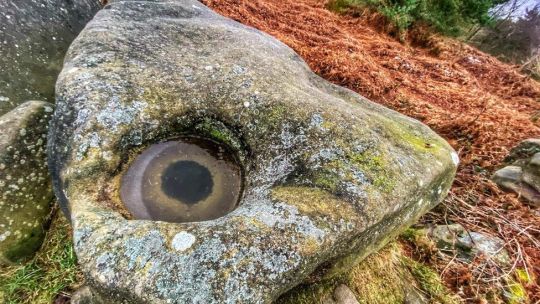
This frost formation on a rock looks like an eye.
Seriously. Look at it!
It does!

Hmmm….

Hmmm….

*LOUD NOISES!!!!!*
Gah! Fucking hell!
Don’t do that!
Mister Manticore at it again with the Matthew 6:22 Jumpscare!
Scared the goddamn shit out of me.

*MORE LOUD NOISES*
QUIT THAT!!!!!
For fuckness’ sake!
#dougie rambles#personal stuff#my poor attempt at a joke#eyes#eye#frost formation#frost#pareidolia#what#no context#this sounded funnier in my head#mister manticore#monument mythos#the nixonverse#analog horror#jumpscare#shitpost#highbrow shitposting#eerie#creepy#oddly terrifying
172 notes
·
View notes
Text
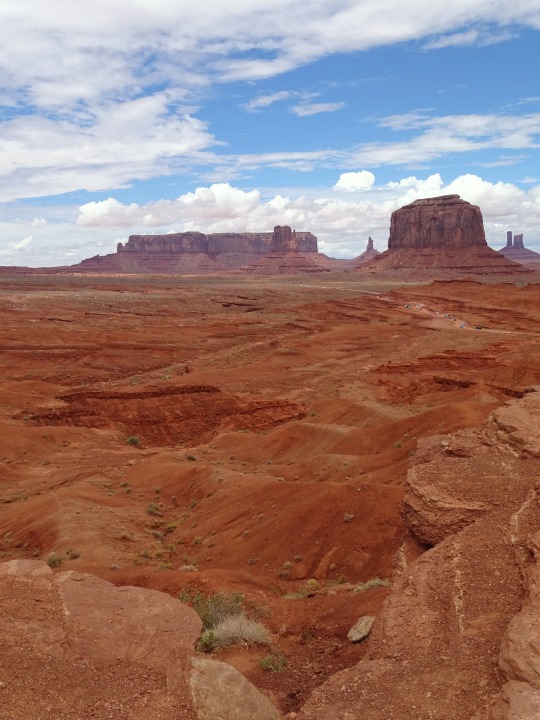
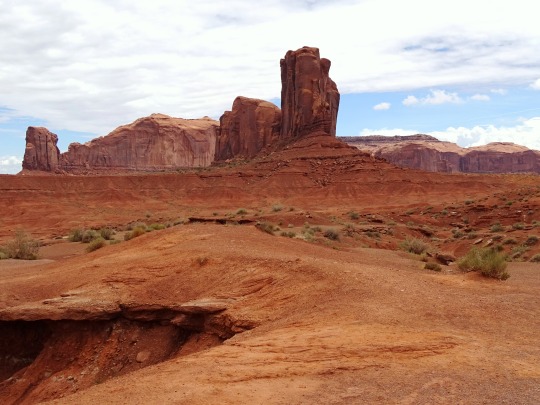



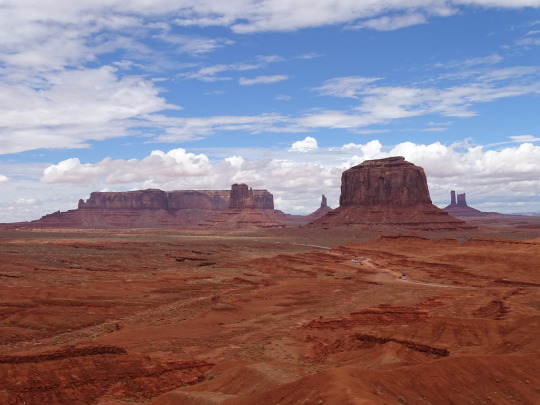




Clouds (No. 1035)
Monument Valley Navajo Tribal Park
#Monument Valley Navajo Tribal Park#Colorado Plateau#Navajo County#Navajo Nation#Southwestern USA#travel#vacation#summer 2022#landscape#countryside#red rock#rock formation#Arizona#USA#geology#desert#grass#blue sky#clouds#tourist attraction#landmark#butte#mesa
147 notes
·
View notes
Text




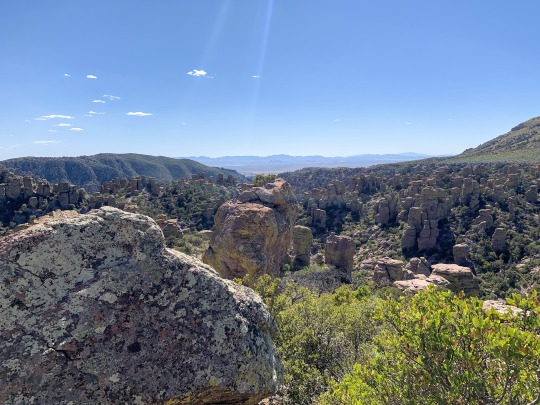
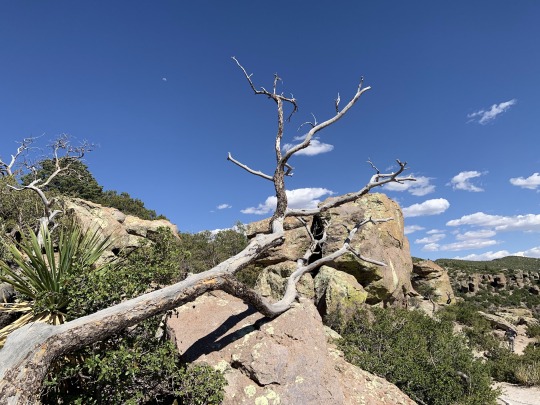
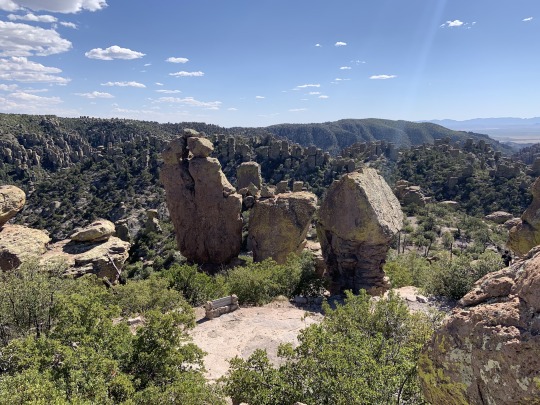
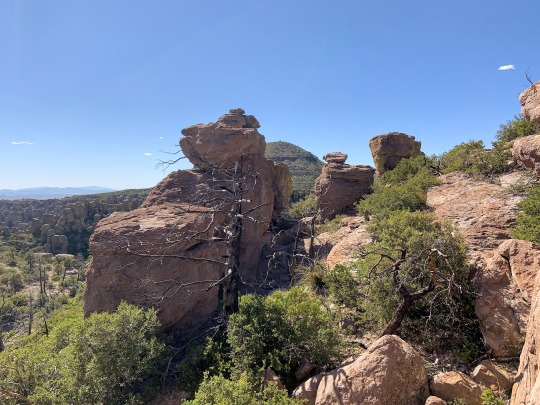
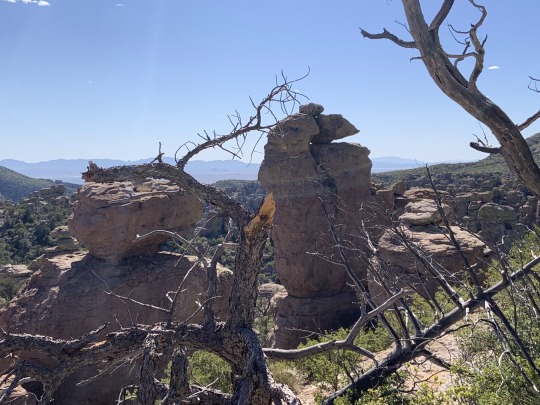
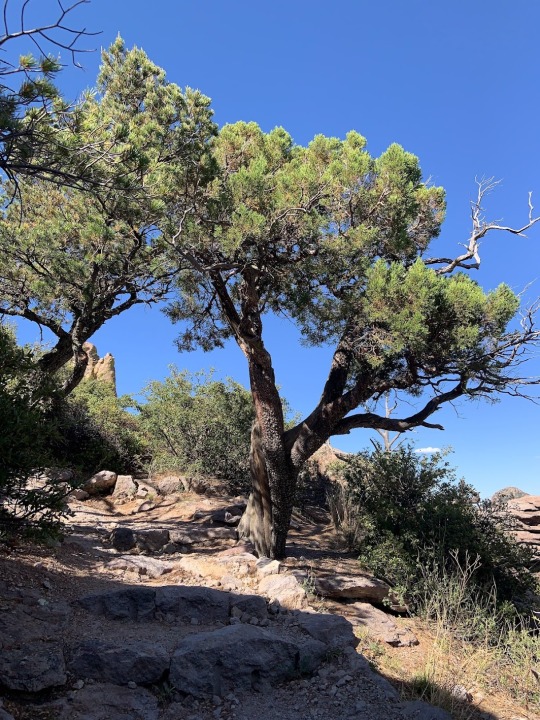
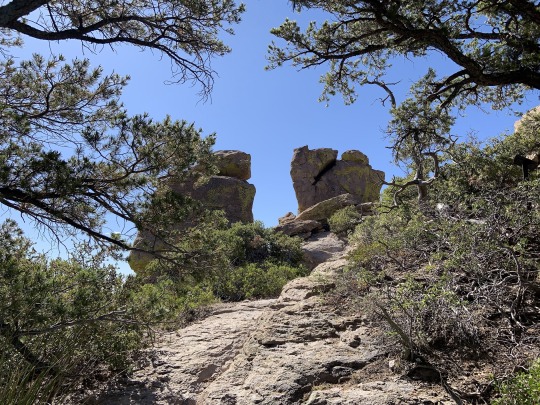

Chiricahua National Monument, Arizona
#original photography#landscape photography#nature#Chiricahua National Monument#Arizona#geology#Rock formation#national monument#road trip#roadtrip#vacation#2023#vacation 2023#mine#Southwest#photographers on tumblr
68 notes
·
View notes
Text
Wordplay Wednesday: Conglomerate
What is a conglomerate? It is a type of sedimentary rock that is characterized by it's rounded gravel, pebble, or cobble-sized grains cemented together by silica, calcite, or iron oxide.

There are many ways in which a conglomerate can be formed. Turbidites are deep marine conglomerates created by turbidity currents.
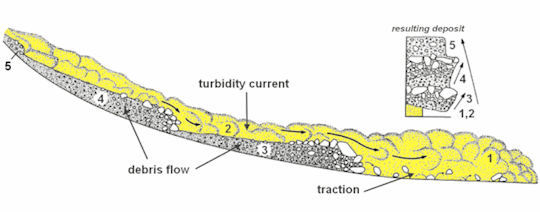
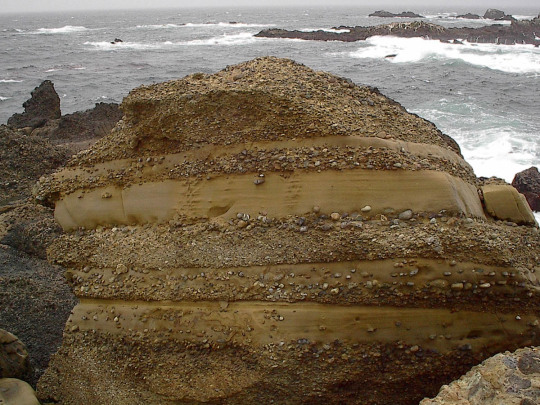
Many are fluvial in nature and occur in rivers with a high flow rate (immature river systems) such as the Buckhorn Conglomerate of the Cedar Mountain Formation in Utah, USA.
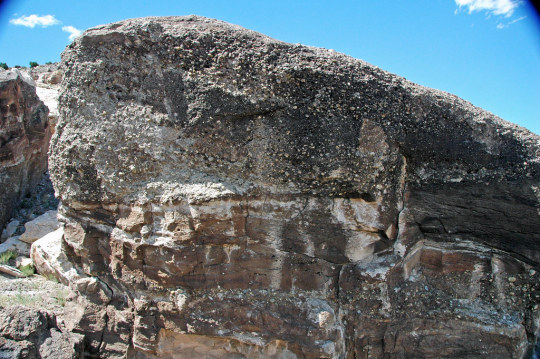
Alluvial fans along mountain fronts tend to make the thickest conglomerates. These are often called fanglomerates.

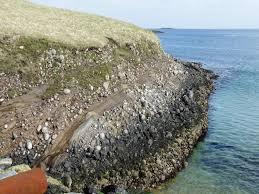
Debris flows also deposit conglomerates such as the Clarno Formation in John Day National Monument which was deposited by a lahar or volcanic mudslide.
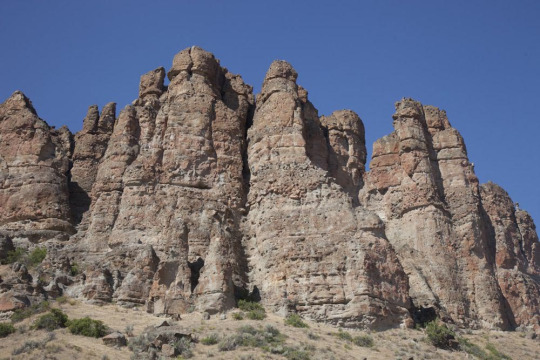
Glaciers create tillites, a very poorly sorted type of conglomerate (no discernable pattern to size or shape of grains).
#geology#fun facts#rock formations#stratigraphy#conglomerate#John Day Fossil Beds#national monument#cedar mountain formation#lahar#volcano#river channel
18 notes
·
View notes
Text

Light snow.
Monument Valley, 2016.
#photographers on tumblr#original photographers#street photography#street#black and white#analog#film photography#travel#analogue#b&w#color#photograph#film#photography#35mm#medium format#0#california#120 film#rolleiflex#monument valley#navajo#american southwest
100 notes
·
View notes
Photo

Devil's Tower stands majestic under the soft glow of the sunset, a moment captured in perfect tranquility. The golden light caresses the rock's striations, while the serene wilderness whispers the close of another day.
#Devil's Tower#sunset#majestic#nature photography#golden hour#rock formations#wilderness#tranquility#landscape#natural beauty#outdoor adventure#geology#national monument#Wyoming#travel USA
2 notes
·
View notes
Video
Metate Arch View by James Marvin Phelps
Via Flickr:
Metate Arch View Devil’s Garden Grand Staircase-Escalante National Monument Escalante, Utah April 2023
#utah#sandstone hoodoos#hoodoo#hoodoos#goblin#formation#sandstone#desert#devils garden#grand staircase escalante national monument#landscape#nature#outdoors#usa#west#southwest#james marvin phelps photography#metate arch#flickr
9 notes
·
View notes
Video
Seeing Amazing Sights in Grand Staircase-Escalante National Monument by Mark Stevens
Via Flickr:
A setting looking to the west while taking in views across eroded formations present at Devils Garden in Grand Staircase-Escalante National Monument. My thinking in composing this image was to capture a look across some of these nearby formations. I also wanted to balance the earth-tones in the lower portion of the image with the clouds and blues skies. I later worked with control points in DxO PhotoLab 5 and then made some adjustments to bring out the contrast, saturation and brightness I wanted for the final image.
#Azimuth 257#Canyonlands#Cloudy#Colorado Plateau#Day 3#Desert Landscape#Desert Mountain Landscape#Desert Plant Life#Devils Garden#DxO PhotoLab 5 Edited#Eroded Formations#Escalante-Staircase#Grand Staircase-Escalante National Monument#High Desert#Hoodoos#Intermountain West#Landscape#Landscape - Scenery#Layers of Rock#Looking West#Mostly Cloudy#Nature#Nikon D850#No People#Outside#Overcast#Portfolio#Project365#Rolling Hillsides#Sandstone
2 notes
·
View notes
Photo

Tess Holiday (US, 1985)
_
Body-positive pioneer, Tess Holliday for the Get Body Posi campaign launched by Isle of Paradise 2018 (self-tan company)
https://www.allure.com/topic/tess-holliday
https://www.trendhunter.com/trends/get-body-posi
#Tess Holiday#plus size#model#pioneer#body#monumental#beauty#tattoo#large format#hi resolution#Get Body Posi
12 notes
·
View notes
Photo
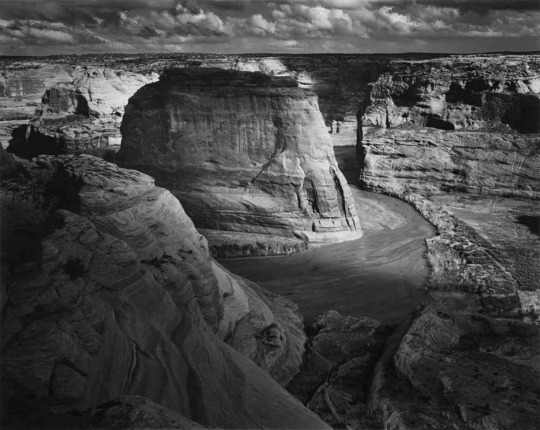
Canyon De Chelly National Monument, Arizona.
Ansel Adams: rare photographs in stunning hi-definition
Rare photos taken by Ansel Adams from the collection of David H Arrington, a passionate collector of Adams’ photographs from the beginning.
#ansel adams#photographer#black & white photography#david h arrington#collector#canyon de chelly national monument#arizona#landscape#nature#rock formation
18 notes
·
View notes
Text

Devils Tower National Monument, Wyoming
Sept. 2022
Explore:
#devils tower#devils tower national monument#national park#national monument#national park service#travel#nature#nature photography#rock formations#photography#original photography#photographers on tumblr#lensblr#landscape#landscape photography#wyoming#wanderingjana
1 note
·
View note
Text
Top Desert Hiking Destinations: Conquer the Heat and Sand
Discover breathtaking desert hiking destinations across the US. We'll guide you through arid landscapes, canyon trails, and hidden oases for unforgettable adventures.
Desert hiking takes you through canyons, red rock formations, and sand dunes. It’s a unique outdoor adventure. But, extreme heat makes it tough in summer. Fall, winter, and early spring are better times to explore the desert.
This guide will show you seven must-visit spots in Utah, Arizona, Nevada, California, and New Mexico. You’ll see diverse and breathtaking desert hiking destinations, arid…
#appalachian trail#canyons#continental divide trail#desert hiking#desert scenery#john muir trail#outdoor adventures#pacific crest trail#red rock formations#sand dunes#white sands national monument
0 notes
Text





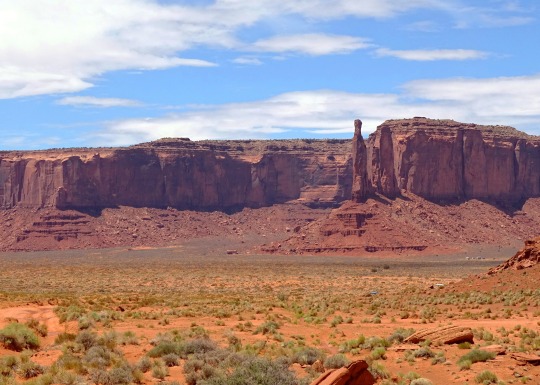

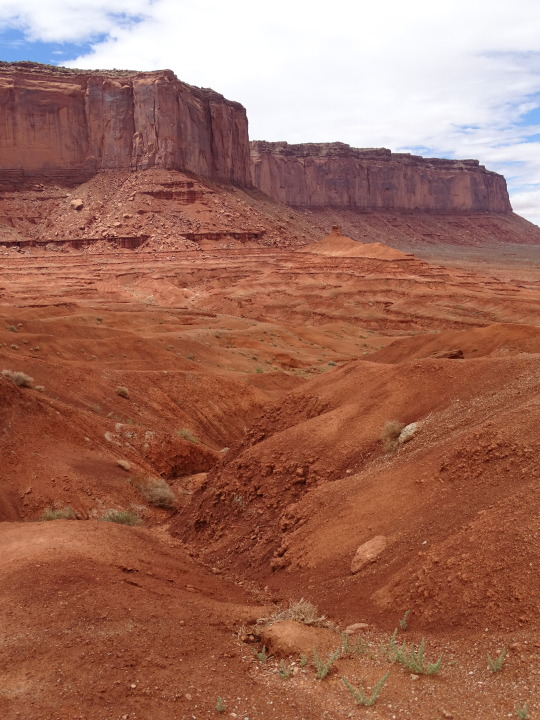

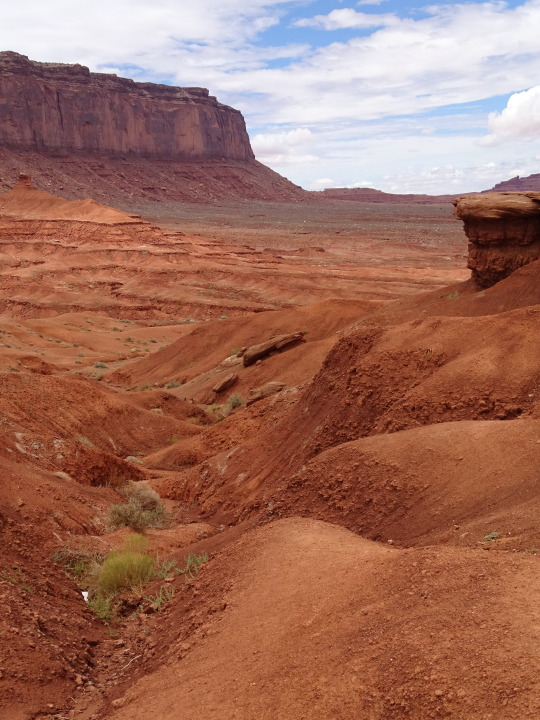
Clouds (No. 1038)
Monument Valley Navajo Tribal Park
#Monument Valley Navajo Tribal Park#travel#original photography#vacation#tourist attraction#landmark#landscape#countryside#flora#red rock#rock formation#red sand#blue sky#clouds#USA#Colorado Plateau#Navajo Nation#Navajo County#Southwestern USA#geology#Arizona#summer 2022#the Eagle#grass
145 notes
·
View notes
Text






#ai generated#ai image#ai photography#stable diffusion#landscape#trees#horizon#sky#cloudy#rocks#rock formation#valley#monument rocks#kansas#steppe#desert#grass#grassy#sand
0 notes
Text
Environment: Every Drop Counts in America’s Waterways Crisis
The Rio Grande and Colorado Rivers are two of the most threatened rivers in the U.S. National Geographic Photographer Pete McBride is on a mission to protect these vital rivers and their ecosystems.
— July 25, 2023 | Photographs By Pete McBride | By Kathleen Rellihan
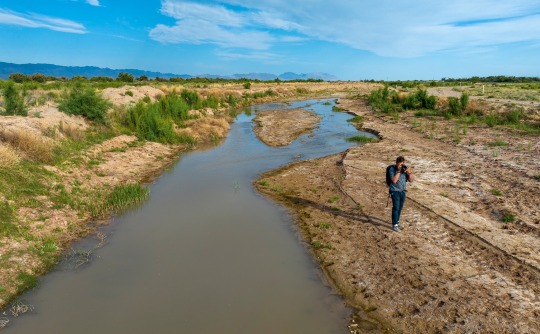
National Geographic Photographer Pete McBride went on assignment to the Rio Grande to capture imagery of the depleted waterway.
Our nation's most vital waterways are drying up at an alarming rate due to global warming, increased human water use, and other man-made impacts. Nowhere is this crisis seen as dramatically than in the American West, with its longest drought in 1,200 years. Two of our nation’s critical lifelines—the Rio Grande and the Colorado River—are shrinking tragically with every passing day.
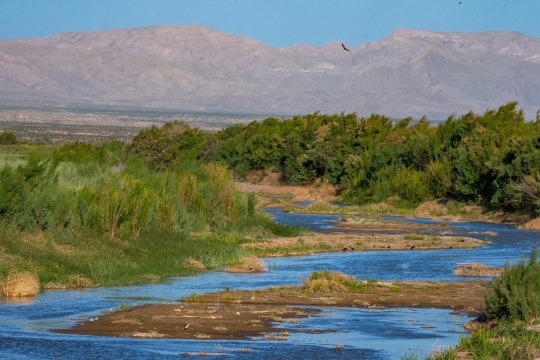
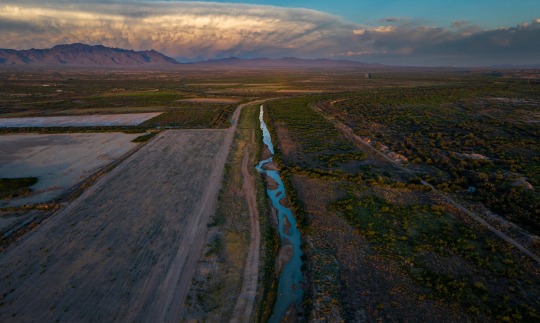
The Rio Grande is one of the most threatened waterways in the United States.
After spending years traveling the world on assignment, National Geographic Photographer Pete McBride realized that the world’s natural places he spent years documenting were changing drastically due to the disappearance of freshwater. He has spent the last two decades trying to bring awareness to this issue through photography and storytelling. Still, McBride calls for individuals and companies to take action to save our rivers and water.
“I hope to make people more aware of how fragile and precious our freshwater systems are—and why we all need to care for them like beloved family members. When we ask too much of them, they simply disappear.”
— Pete McBride, National Geographic Photographer and Explorer
Now, an effort from Finish Dishwashing is also helping to raise awareness of the crisis affecting freshwater resources everywhere. The Finish brand worked with a Texas sculptor to craft a one-of-a-kind sculpture that depicts the very thing it is honoring. Made from limestone that is native to Texas, the monument draws inspiration from rock formations, waterflow, waterfalls, flora, and fauna unique to many of the endangered bodies of water in the Southwest. Placed at the bottom of a lake in an at-risk area in Texas, the HOPEFUL MONUMENT is the first monument created with the hope that it will never be seen—that is, it will not be revealed unless water levels drop drastically low. While most monuments commemorate the past, this one is meant to spur action for the future—to inspire us to protect our most precious resource: water.
“Our drinking water doesn’t come from the tap, but rather rivers and lakes which supply the vast majority of all our water systems. Without them, then our taps will, and they already are, run dry and/or be polluted,” says McBride.
— Pete McBride, National Geographic Photographer and Water Advocate
McBride knows firsthand about the water crisis in the West, as he has documented it in his award-winning film, Chasing Water, and book, The Colorado River: Flowing Through Conflict. A photographer and Colorado native, McBride's mission is to raise awareness for the Colorado River and all American rivers, or arteries, as he refers to them.
After witnessing a dramatic loss of water in the Colorado River near his home, McBride expanded his photography career to be one that’s focused on environmental advocacy to protect the threatened resources of his home region, the American Southwest.
“I hope that combining beautiful imagery and a human story around a tough subject will help the public become more inspired to understand the issue and become more active,” says McBride, who was named a National Geographic Freshwater Hero for his work documenting rivers worldwide.
The National Geographic Photographer says he’s a “curious citizen who cares about his backyard river” and called to protect the waterway. And he’s now calling everyone else to do their part as well.
A Vital River Under Threat: The Rio Grande
On McBride’s latest assignment in Texas, he’s standing in a dried-up riverbed in the Rio Grande River, a spot locals tragically refer to as the “Rio Sand.” Just an hour south of El Paso, America’s fourth longest river is only ankle-deep in some locations. As it flows further south along the U.S./Mexico border, the river will become a trickle—and in many places—it runs completely dry.


The Rio Grande is dotted by dry stretches throughout Texas.
The Rio Grande supports more than 16 million people in the US and Mexico, including 22 indigenous nations. Alarmingly, this vital river system in North America is vanishing at a dramatic rate. Flowing from the Rocky Mountains and later forming the U.S.-Mexico border, this threatened river and its ecosystems have been impacted by agriculture withdrawals, rising temperatures, and unprecedented drought.
“The Rio Grande, just east of El Paso, is the ‘forgotten reach’—by the time it gets here it's a ghost of its former self. Because of a changing climate, severe drought, and asking too much of this limited resource, it's completely drying out.”
— Pete McBride, National Geographic Photographer and Explorer
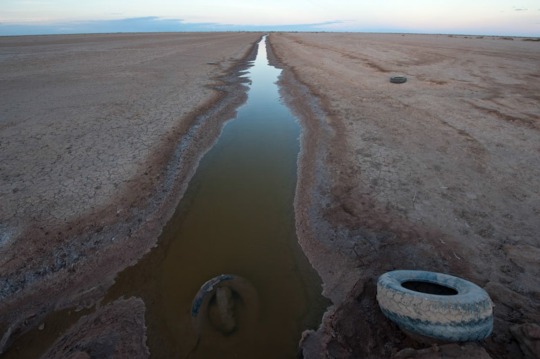
The Rio Grande has seen devastating impacts from climate change. New Mexico, like much of the West, has been battling unusually hot and dry weather for the last two decades. The river has also been hit by historic drought, with the lower Rio Grande, the border between Texas and Mexico, dried up for over a hundred miles.
“Fresh water is one of the most important, limited natural resources,” says McBride as he stands in the barren riverbed. “We can live without oil; we can't live without water.”
America’s Most Endangered River—The Mighty Colorado
Seeing firsthand his own home dry-up in the water crisis had a major impact on the National Geographic Photographer: “I grew up on the [Colorado] River, so I always had a fond love for its beauty and wonder. When I followed it to its end and saw it run completely dry, I realized there needed to be more voices speaking on behalf of the river itself.”
The “lifeline of the West,” as the Colorado River is known, supplies drinking water to 40 million people in the U.S., fuels hydropower in eight states, and is a critical resource for 30 tribal nations and agricultural communities, according to the Bureau of Reclamation. It’s also the most at-risk river in the U.S. and is now considered the most endangered river in the world by conservation nonprofit American Rivers. The once mighty Colorado River has been drying out for the last twenty years due to overuse and historic drought.


Due to overallocation and climate change, the Colorado River has not reached the sea for two decades.
“The Colorado River is the frontline of climate change,” says McBride. “This remarkable river system supports over 5 million acres of farmland, where 95 percent of our winter vegetables come from. If you like eating salads, you are eating the Colorado River.”
As the climate crisis worsens, the water levels plummet. Today, the Colorado River runs at only 50% of its traditional flow, while its largest reservoirs in the United States: Lake Powell and Lake Meade, fell to 22% during the fall of 2022.
Everyday Actions to Save Water
The water crisis is a daunting and undeniably complex issue, but that doesn’t mean that people in their daily life can’t help protect our most valuable resource. If we don’t take action now, there won’t be time to save these rivers, lakes, reservoirs, and other bodies of water, warns McBride.
“Become more aware of your waterways. Our voices can make a difference. Rivers need more advocates,” advises the National Geographic Explorer, adding, “You can use less water by reducing meat consumption (meat requires a lot of water to produce), using less water-intensive, non-native thirsty plants in your yard, like bluegrass, and reducing how often you run your water systems for dishes, etc. We need agriculture as we need to eat; we just need to become more efficient and mindful about everything: from what is on our plate to how we clean them and use our taps."
McBride believes these are just some of the everyday actions we, as consumers, can take. Another small change that will make a ripple of impact? Use your dishwasher and stop pre-rinsing. Finish agrees. The brand has a longstanding history of driving impact and inspiring change through its ‘Skip the Rinse’ purpose campaign, which encourages consumers to skip pre-rinsing their dishes before placing them in the dishwasher, ultimately saving up to 20 gallons of water each time. If we all skipped the rinse, we could save up to 150 billion gallons of water every year.
Other water-saving actions include turning off the shower/faucet while lathering or brushing teeth and installing a greywater recycling system.
“Our fresh water is a limited resource,” warns McBride. “If we don’t get involved on some level, we will [see] more of that resource vanish.”
#Environment#Waterways Crisis#Rio Grande & Colorado Rivers#U.S. National Geographic Photographer Pete McBride#Kathleen Rellihan#American West#Hopeful Monument#Texas Native Limestone#Rock Formations | Waterflow | Waterfalls | Flora and Fauna#McBride: National Geographic Freshwater Hero#Rio Sand#El Paso#U.S. 🇺🇸/Mexico 🇲🇽 Border#Indigenous Nations#Rocky Mountains ⛰️#Agriculture 👨🌾#Hydropower#Tribal Nations | Agricultural Communities#Overuse of Waters | Historic Drought#United States 🇺🇸: Lake Powell | Lake Meade#National Geographic Explorer#Shower/Faucet#Greywater Recycling System#Resource Vanish
0 notes